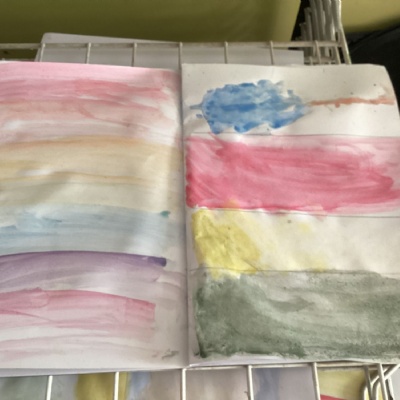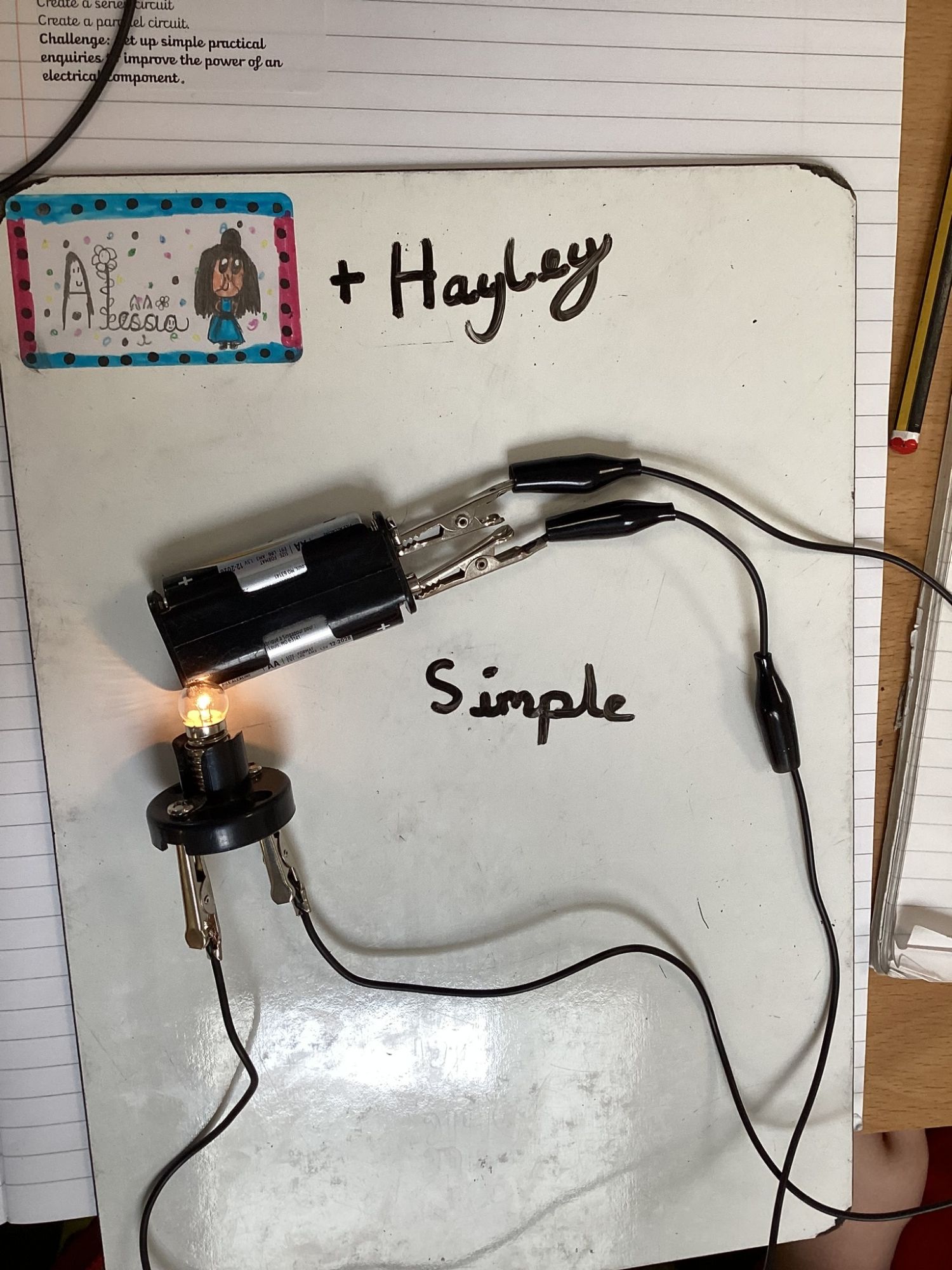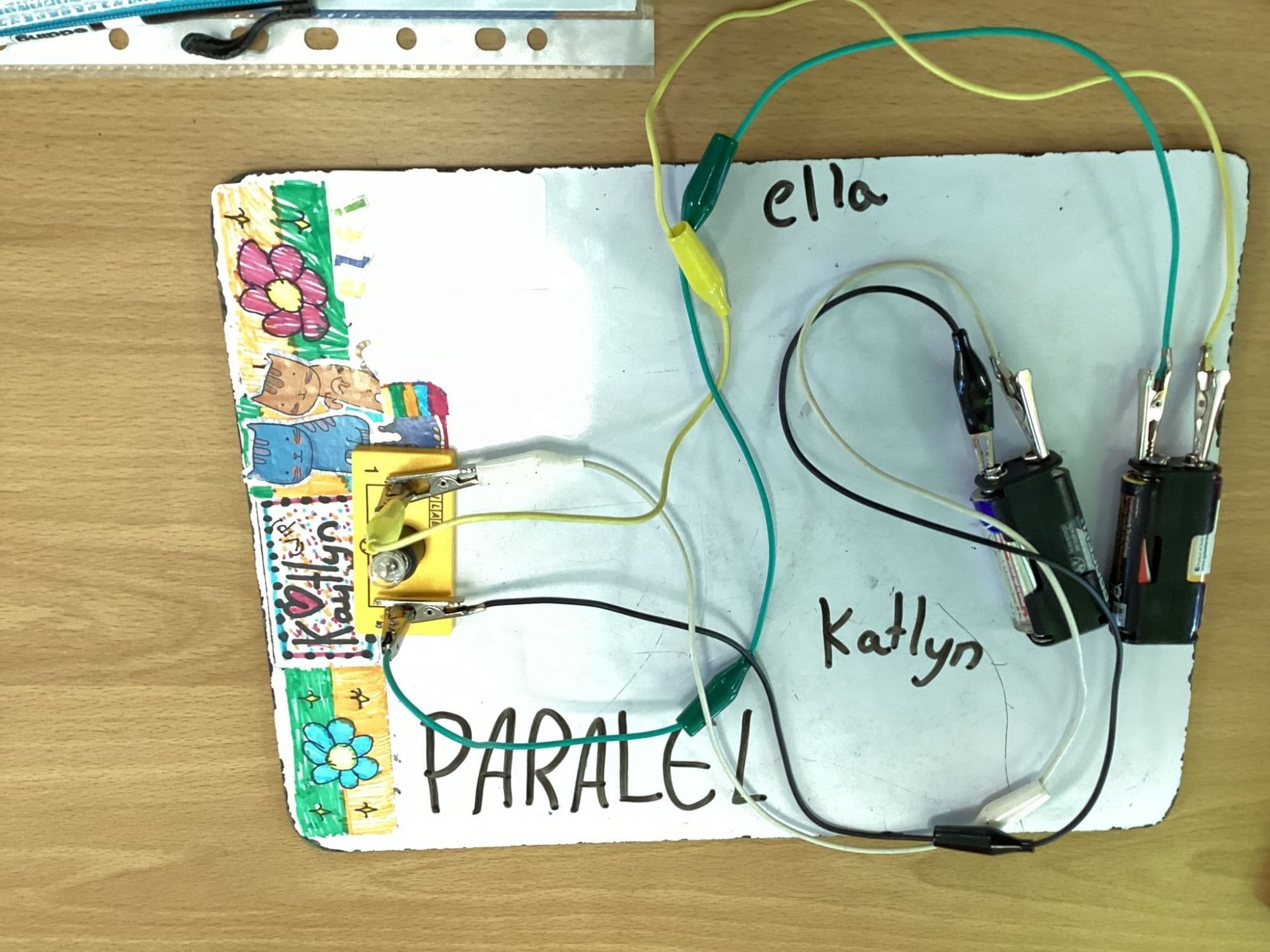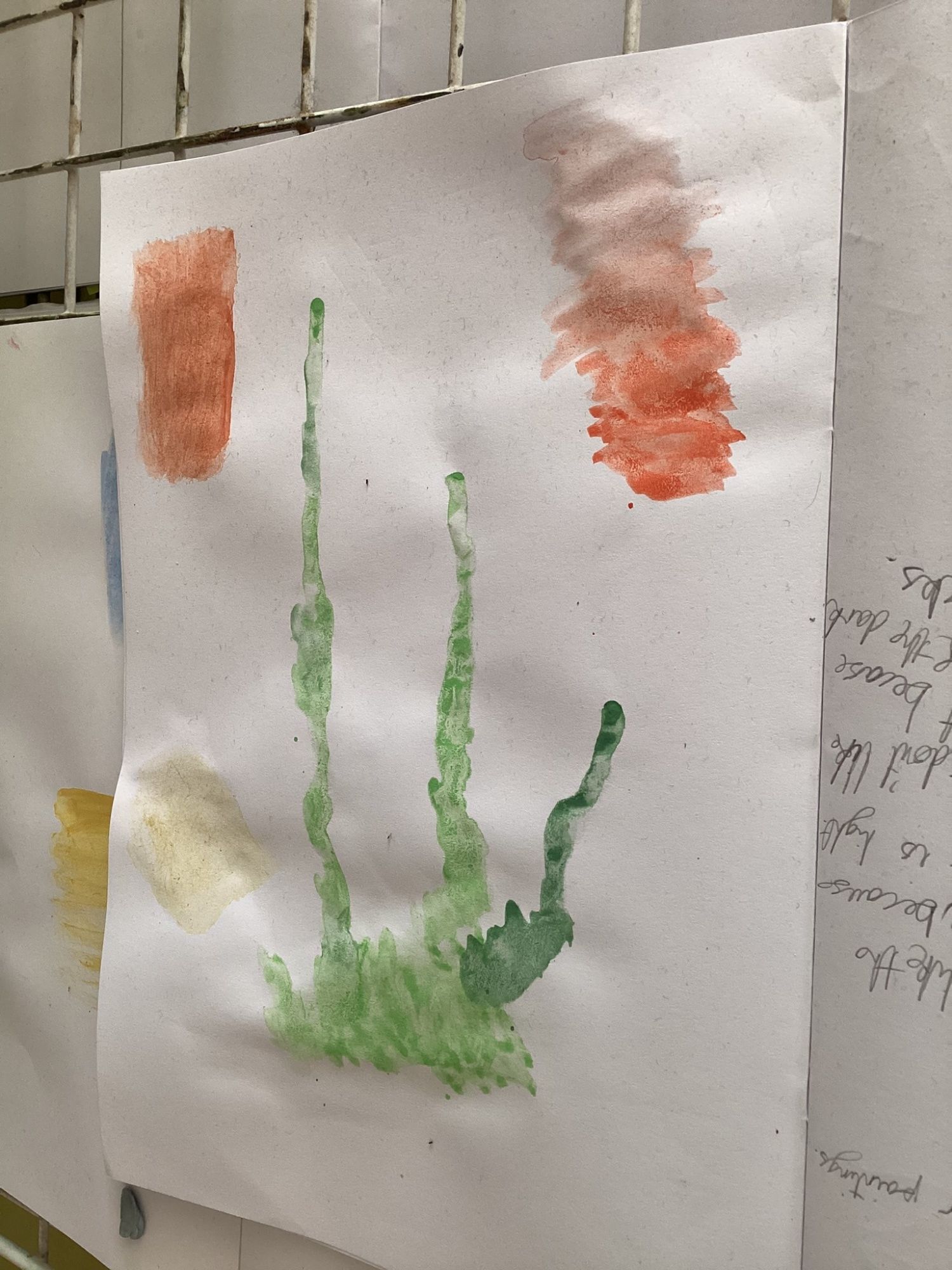ART, ELECTICITY AND ANGLES

Over the last few weeks, Year 4 have been settling into the summer term and starting lots of exciting and interesting new topics.
In science, we have started a unit on electricity. So far, we have identified some common appliances in our homes and classroom which run on electricity. We have then gone onto look at the differences between mains electricity and battery powered electricity and have identified electrical items in our homes which are powered for either of these sources. We are now beginning to look at the components of a simple electric circuit and have had the chance to construct simple electrical circuits containing a cell, wires, and a bulb.
The children were able to construct a working electrical circuit containing just one bulb, some of the children also went onto construct a parallel circuit which contained two bulbs that received the same voltage meaning the power was not shared between them.
Our topic in DT, this term, is closely linked to our science as the children will be designing and making a lamp for their bedrooms which will contain a simple electrical circuit that they will construct themselves. To do this children have also learnt how to construct electrical circuits containing a switch.
In maths this term, we have spent some time looking at shape and symmetry. The children started by looking at different types of angles that you find in shapes, such as acute, obtuse, and right angles. We then went on to identify these angles in many different shapes. They were able to identify acute, right, and obtuse angles in different types of triangles, quadrilaterals, and polygons with more than four sides. We have now extended this knowledge further by looking at what symmetry is and identifying lines of symmetry within these shapes. Some children we then able to combine this knowledge and sort shapes based on the properties of their angles and their lines of symmetry.
In art this term we are looking at landscapes and are studying artists who are renowned for their painting of landscapes. Already, we have looked at Frances Hatch who has painted some lovely landscape pictures. Frances Hatch often uses water colour paints and techniques such as bleeds and washes to help create different moods within her paintings. The children have learnt what bleeds and washes are and how to create them with water colours. They then went on to practice some of these techniques within their sketch books.
Finally, in PSHE, this term the children are learning about human rights. They have learnt what rights are, what they mean and their importance in today’s world. We have learnt what rights all humans around the world share and that children have their own special set of rights. We are now looking at how we allow humans to have these right across the world and what we can do in our everyday lives to respect each other’s rights.



